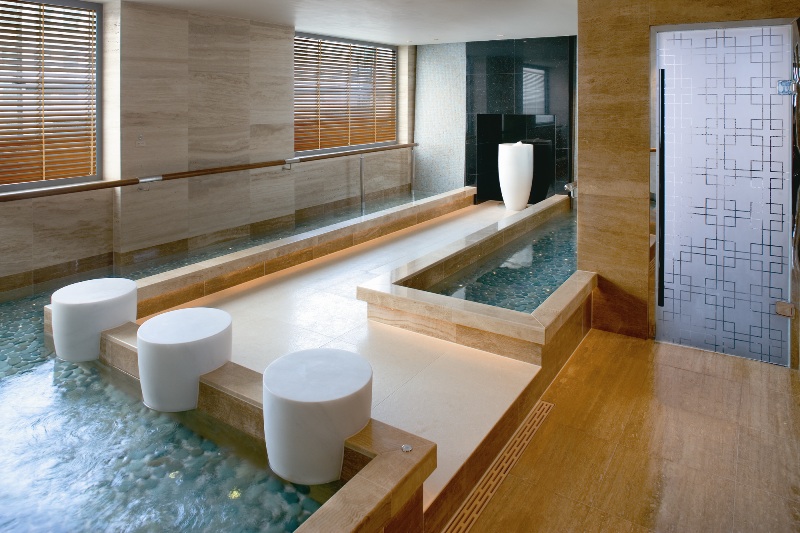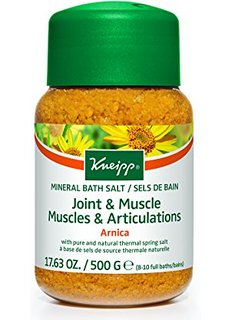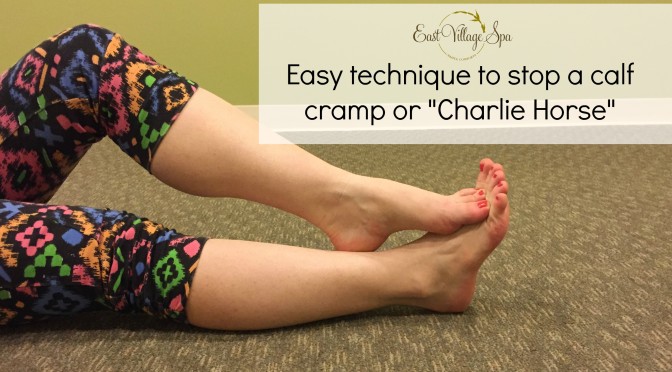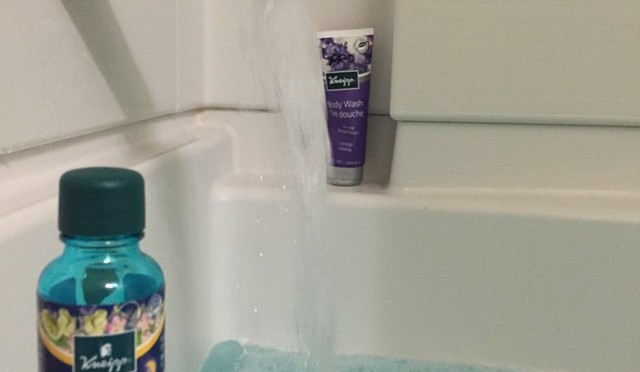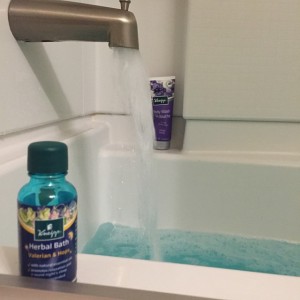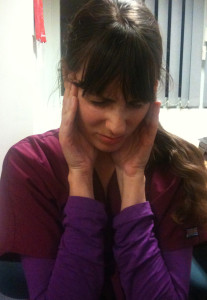One of the most frequently asked questions I heard when I was practicing massage was “how often do YOU get a massage?” As massage therapists, we learn to get a good read on our bodies and learn what works well to prevent or manage our own pain. Some of the LMTs on our team shared what works best for them, and their favorite referrals.
Camdine: I use a Lacrosse ball on my hips, back, and neck to massage painful spots. Camdine also uses locally produced Rapid Fire to reduce pain.
Julie: Daily stretches, epsom salt and Kneipp arnica bath soaks 3x week, a glass of warm Pure Inventions Tranquility tea (with magnesium) before bed, Rapid Fire to control small areas of pain, regular massages and chiropractic care as needed.

Jamee: I use acupressure as a cure for everything but death, and I haven’t died yet. I see my personal massage therapist (co-worker Tiffany) regularly. I also purchased a Yoga trapeze that is a miracle for low back pain.
Heather: Massage 2-3x a month, regular visits with chiropractor Dr. Pulley (East Village Chiropractic)
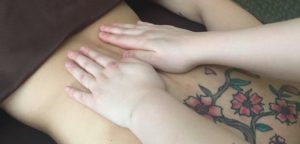
Hannah M: Staying active after a hard day reduces tension for me.
Jamee (cont’d): …On second thought, I should get a med alert bracelet made up that says in an emergency, call my massage therapist (Tiffany.)
Brandi: Yoga and using a foam roller, a 30 minute daily walk, get adjusted at Shine Chiropractic weekly, Fadeaway Flotation monthly.
Tisha: Rapid fire for aches, pains, and headaches, cupping therapy, foam roller, yoga, and a monthly massage (more often when needed!)
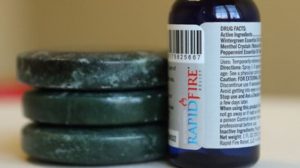
Conny: I’m not in pain often, but if it happens, I either overworked something or an emotional issue came up. For physical pain, I use rapid fire and a soak in a hot bath with epsom salts, receive massage twice a month. A good book, a glass of wine, and a friend for heartache.
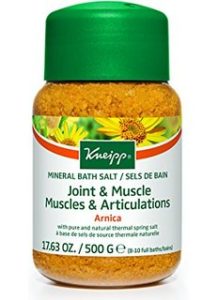
Cassie: The older I get the more my joints act up, especially after running, biking, and swimming. In addition to regular massage, I see Dr. Pulley for chiropractic care when I overdo it or something feels “off.” I have done regular pilates at Gigi’s Pilates for about 6 years. Sometimes stretching isn’t the answer (or isn’t the only answer). The strengthening techniques in Pilates really help my low back and knees from screaming after longer runs.
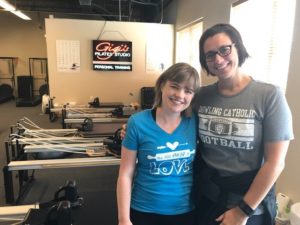
Want to try massage therapy or one of our favorite pain relieving products for your own aches and pains? Stop into East Village Spa at 601 East Locust or book online!





